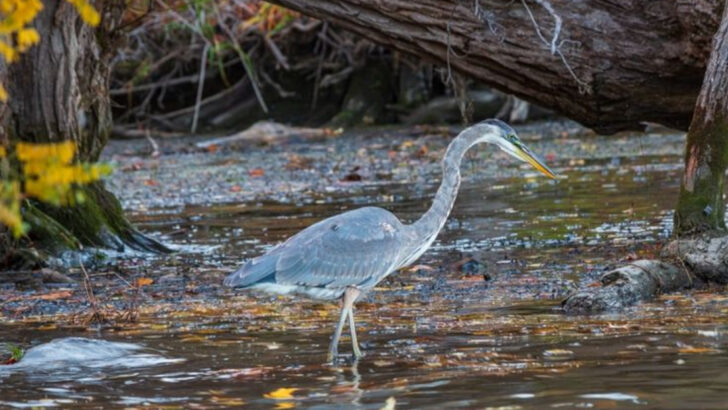The Hudson River is getting wild—literally.
After decades of pollution and neglect, this legendary waterway has pulled a comeback that no one saw coming.
We’re talking bald eagles scanning the skies.
Beavers back at work, building dams like it’s 1699.
And snapping turtles cruising the banks like prehistoric bosses.
You might think of the Hudson as all bridges and barges.
But peek a little closer, and you’ll see claws, feathers, and muddy footprints where you’d least expect them.
This isn’t just a river—it’s a stage for one of the most unexpected wildlife comebacks in modern history.
And it’s putting on a show.
Grab your binoculars, maybe a helmet (those beavers don’t mess around),
and let’s meet the creatures turning the Hudson wild again.
Bald Eagles
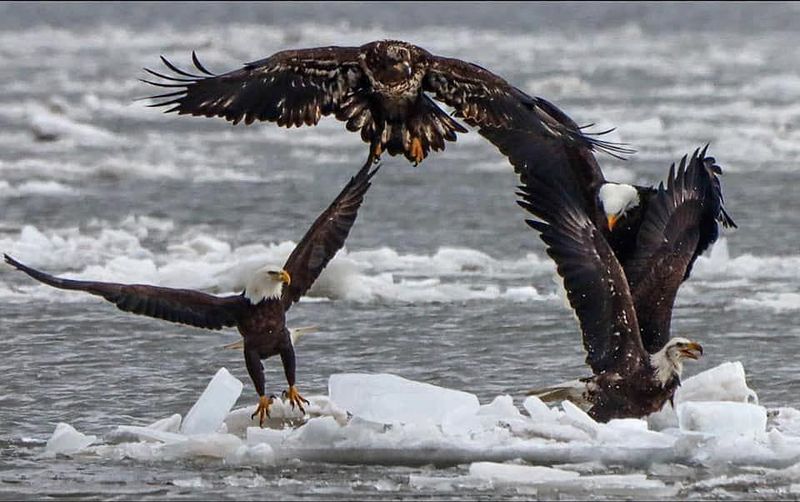
With a wingspan that commands the sky, the bald eagle is truly a symbol of wilderness. Once on the brink of extinction, these regal birds have made a triumphant return to the Hudson River. Their striking appearance, characterized by white heads and tail feathers, captures the attention of all who spy them.
The bald eagle’s resurgence is a conservation success story, reflecting cleaner waters and healthier fish populations. Did you know? These eagles mate for life and can live for over two decades, often returning to the same nest year after year. Today, their presence along the river is a proud reminder of nature’s resilience.
American Beavers
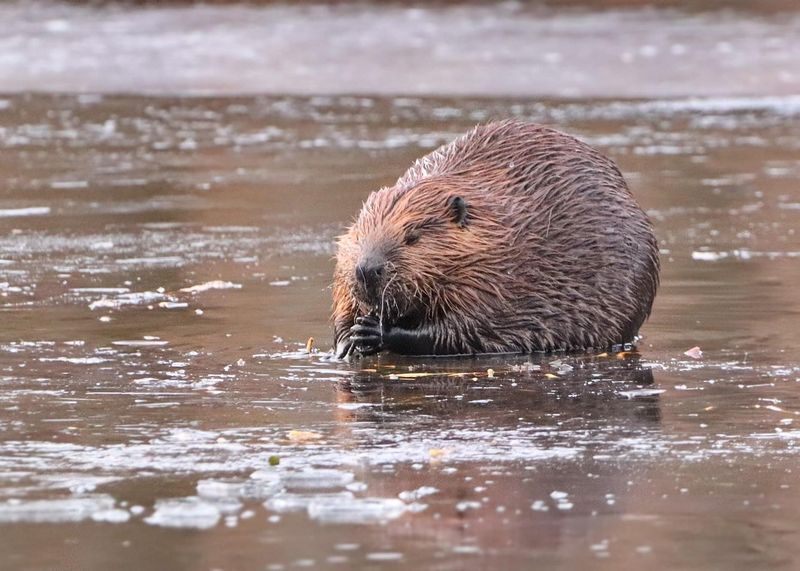
With teeth as sharp as chisels, American beavers are nature’s engineers. They were once trapped extensively, leading to their near disappearance from the Hudson. Now, these industrious creatures are reclaiming their territory, building dams and creating wetland habitats that benefit countless other species.
A quirky fact: Beavers have transparent eyelids, allowing them to see underwater. Their return is not only boosting biodiversity but also mitigating the effects of floods by naturally regulating water flow. The sight of a beaver gnawing away at a tree trunk is a testament to the wild’s enduring spirit.
Snapping Turtles
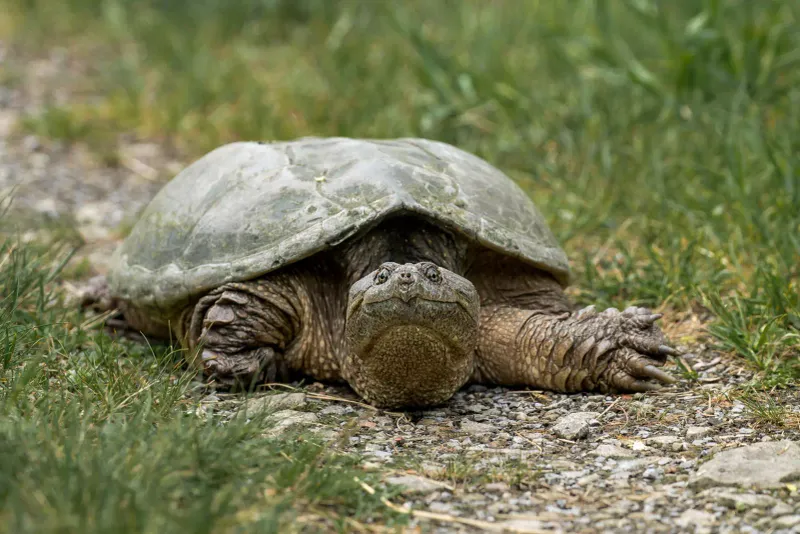
Known for their prehistoric appearance, snapping turtles are the armored giants of the river. With powerful jaws and a long tail, they cut a formidable figure as they glide silently under the water’s surface. These turtles have adapted well to the river’s changing conditions, thriving in both brackish and fresh waters.
A fun tidbit: Snapping turtles can live for 30 years or more, and their gender is determined by the temperature of the nest. As they bask on sunlit logs, these creatures play a crucial role in the ecosystem by controlling fish populations and cleaning up carrion.
Striped Bass
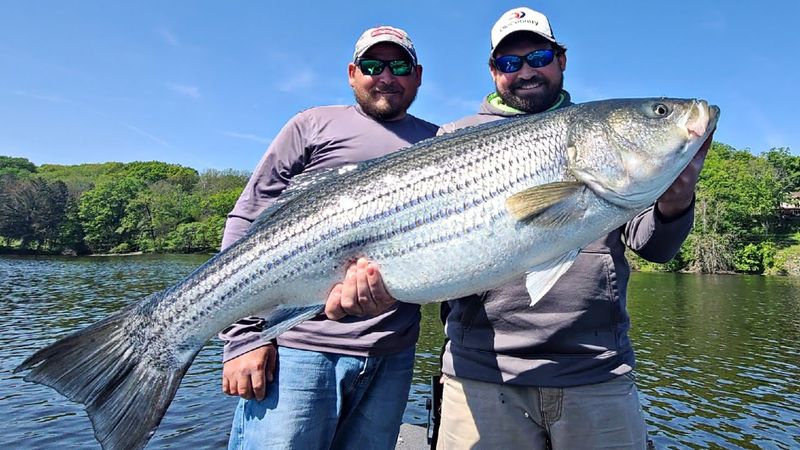
Striped bass are the silver streaks of the Hudson, renowned for their fighting spirit. Anglers from all over flock to the river for a chance to catch this prized fish. With a sleek, muscular body adorned in shimmering stripes, they are a marvel to behold.
These migratory fish are indicators of the river’s health, thriving in its brackish waters. A historical note: Striped bass were vital to the indigenous peoples and early settlers as a staple food source. The species’ return mirrors the river’s renaissance, adding a splash of vitality and vigor to its waters.
River Otters
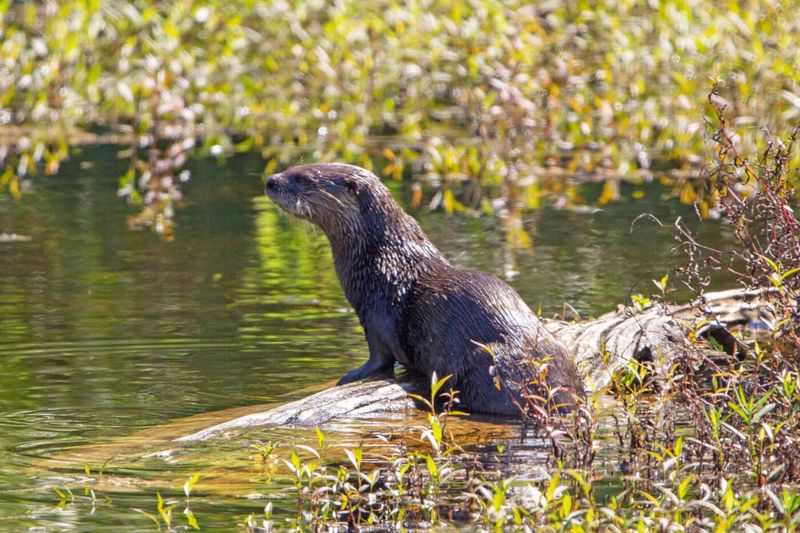
With an exuberant splash, the river otter returns to the Hudson, bringing mischief and charm along. These agile swimmers are often seen frolicking in the water, their sleek bodies gliding with ease. Once rare due to habitat loss, otters are now reappearing, delighting those lucky enough to catch a glimpse.
River otters are a sign of a healthy ecosystem, relying on clean water and abundant fish. They are social creatures, often using a series of chirps and whistles to communicate. Watching an otter playfully chase its tail is a joyful sight, symbolizing the river’s renewed vibrancy.
Great Blue Herons
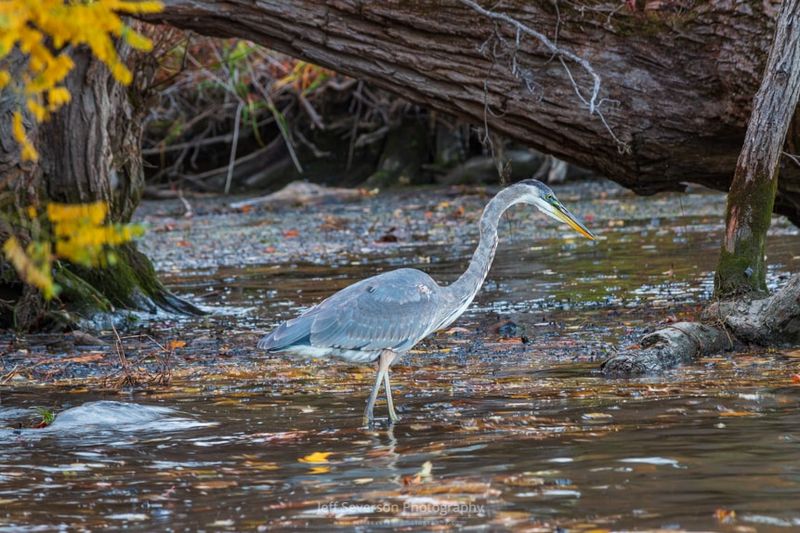
Standing tall and elegant, the great blue heron is a sentinel of the riverbanks. These stately birds, with their long necks and powerful beaks, are expert fishers. Their presence along the Hudson is a testament to the river’s health, as they require abundant fish to survive.
A quirky fact: Great blue herons can stand motionless for long periods, waiting patiently for the perfect moment to strike. Their slow, deliberate movements are captivating to watch. As they take flight, their expansive wingspan and graceful silhouette paint a picture of serene beauty in the wild.
Ospreys
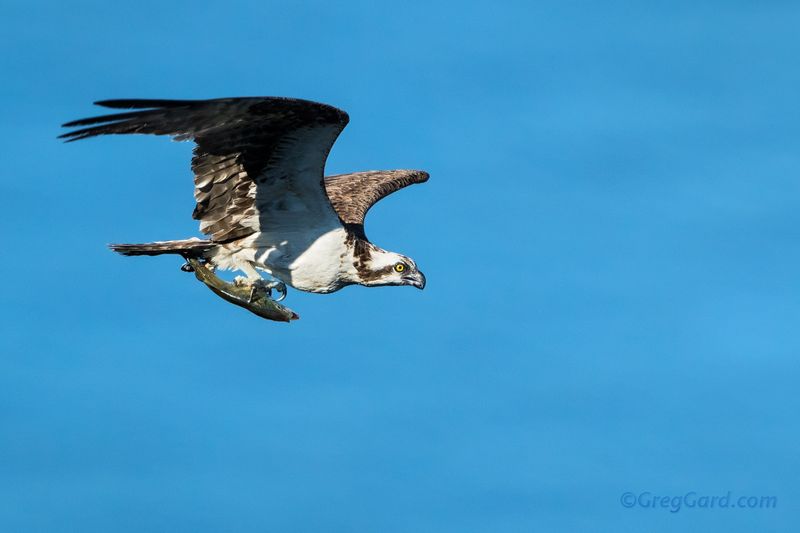
With keen eyes scanning the water, the osprey is a masterful hunter. Known as the “fish hawk,” this raptor dives feet first to snatch fish with its sharp talons. Once endangered by pollution, ospreys have rebounded, thanks to cleaner environments and conservation efforts.
Did you know? Ospreys have reversible outer toes, allowing them to grasp slippery fish with ease. Their return to the Hudson River is an emblem of ecological recovery, inspiring awe with every breathtaking dive. Observing an osprey in action offers a thrilling glimpse into the intricate balance of predator and prey.

